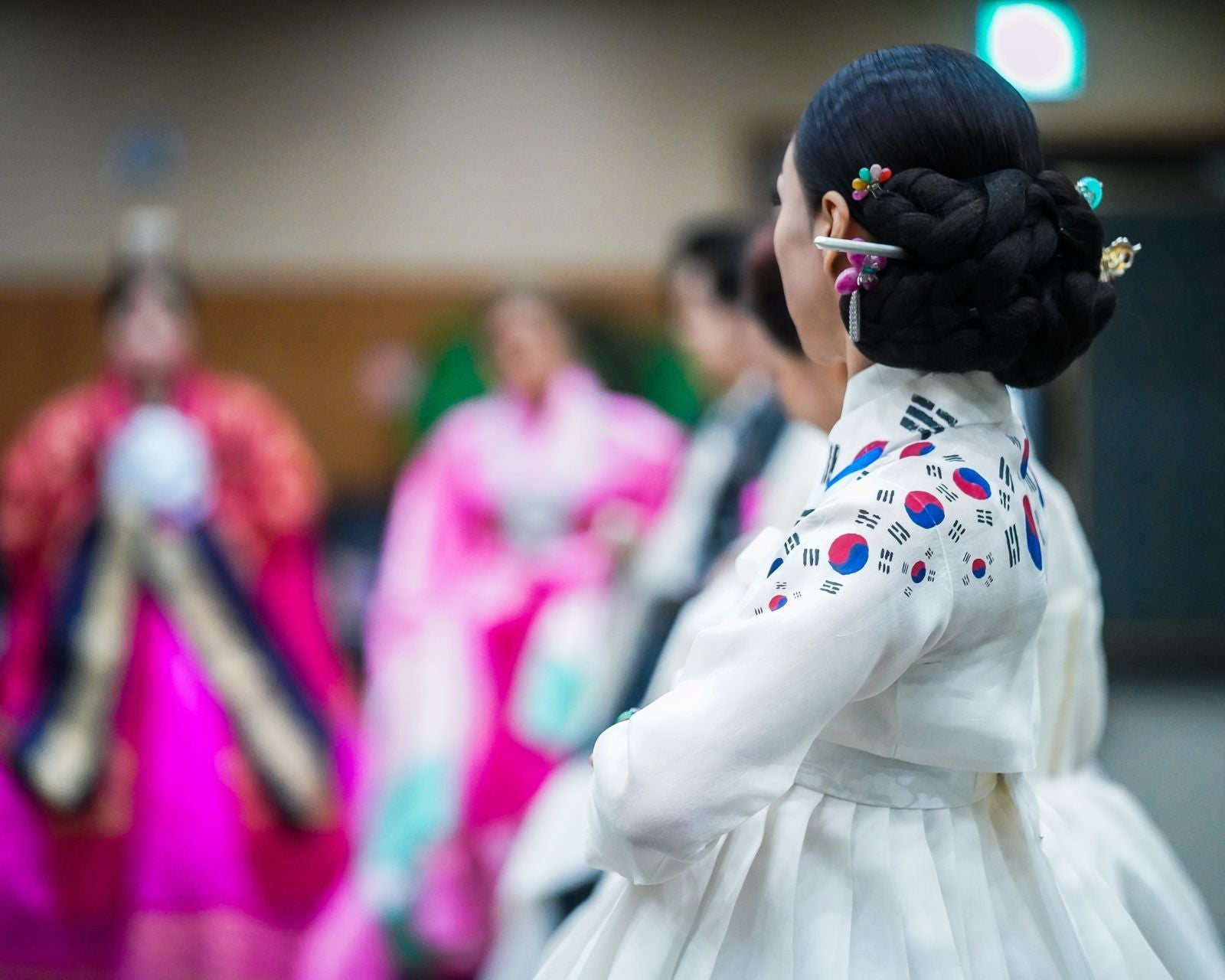Korean hanbok is one of the most iconic cultural symbols of South Korea. Much more than just a traditional garment, hanbok has embodied the spirit, aesthetics, and life philosophy of Koreans for millennia. In this article, we will explore in depth what hanbok is , the meaning of hanbok , hanbok materials , hanbok cut , and how to wear Korean hanbok properly, in order to provide readers, especially European visitors, with a comprehensive and enriching understanding of this unique hanbok garment .
Quick summary
What is Hanbok? History and Meaning of Korean Hanbok
Hanbok (한볶), which literally means "Korean clothing," is a term that emerged in the late 19th century to distinguish traditional Korean attire from the recently introduced Western clothing. Once worn on a daily basis, hanbok gradually became a garment reserved for ceremonies and special occasions, such as traditional festivals, weddings, one-year birthdays, and funerals.
Korean hanbok symbolizes purity, elegance, and respect for social order. During the Joseon period, the color, pattern, and material of hanbok indicated social rank, gender, and marital status. For Koreans, wearing hanbok is a way to honor traditions and connect with ancestors.

What is Hanbok? History and Meaning of Korean Hanbok
Characteristics of Hanbok Clothing
Colors of Korean Hanbok
The colors of hanbok have powerful symbolic significance. White, synonymous with purity, was very popular among the lower classes—so much so that Koreans were nicknamed "the people in white." The upper classes, on the other hand, wore hanboks in bright shades like red, blue, black, or yellow to signify their status and power.
Hanbok Materials
Traditional hanbok materials include silk, ramie (fine hemp), linen, and cotton. Each season calls for a specific fabric: ramie is favored in summer for its lightness, while silk is reserved for colder weather. Korean weaving techniques have created patterns ranging from simple to highly ornate, sometimes embellished with gilding.

Hanbok Materials
Cut and structure of the hanbok
The cut of the hanbok is unique, recognizable by its symmetrical shape, soft lines and generous volumes which facilitate movement while creating a graceful look.

Cut and structure of the hanbok
The traditional hanbok consists mainly of two pieces:
- Jeogori (top) : A short, T-shaped jacket with long, loose sleeves. It fastens with a ribbon (goreum) tied at the front. For women, the jeogori is short to reveal the skirt. For men, it is longer and can be worn with a gil or magoja (light jackets).
- Chima (skirt) : A wide skirt worn by women, tied under the bust. Made of a wide, stiff fabric, it creates a majestic volume. The length can vary, reaching down to the ground.
- Baji (trousers) : Worn by men, they are loose-fitting to allow for great freedom of movement. They are tightened at the waist and ankles.
- Durumagi : Long coat worn over, used during ceremonies or in cold weather.
- Sokchima/Sokbaji : Traditional underwear, helping to structure the volume of the outfit.
- Goreum : Aesthetic and functional closing ribbon for jeogori.
The hanbok's structure is sewn flat, without pre-cut shapes, making it suitable for all body shapes. Its wear highlights the body's lines in a fluid and harmonious way.
Hanbok Clothing Accessories
- Norigae : Jewel hanging from the waist, symbolizing luck and prosperity.
- Binyeo : Hair stick, indicating social status.
- Daenggi : Traditional ribbon for tying hair.
- Hats (gat, jokduri), embroidered shoes, and pouches complete the ensemble.
How to Wear Korean Hanbok : Step-by-Step Guide

How to Wear Korean Hanbok: Step-by-Step Guide
Here's how to wear Korean hanbok authentically:
Step 1 : Wear comfortable clothing underneath, such as a light t-shirt and a long skirt or petticoat to add volume.
Step 2 : Put on the chima . Place the ties at the back then wrap around the waist, bring the ties to the front and tie a knot. Add a norigae if desired.
Step 3 : Put on the jeogori , adjust the collar and sleeves for a clean finish.
Step 4 : Tie the otgoreum ribbon symmetrically. This particular knot adds elegance and identity to the outfit.
Step 5 : Accessorize with a binyeo , daenggi , or traditional hair accessories for a complete look.

How to Wear Korean Hanbok
Conclusion
Korean hanbok embodies the harmony between tradition, art, and oriental aesthetics. Every detail, from the colors of Korean hanbok , to the materials of hanbok , to the cut of hanbok , to the way of wearing Korean hanbok , demonstrates Korean refinement and wisdom.
We hope this article has helped you better understand what hanbok is , as well as how to wear Korean hanbok correctly.
Whether you're a culture enthusiast, a traveler, or a fan of Asian fashion, hanbok is a fascinating gateway to the traditional soul of Korea.




